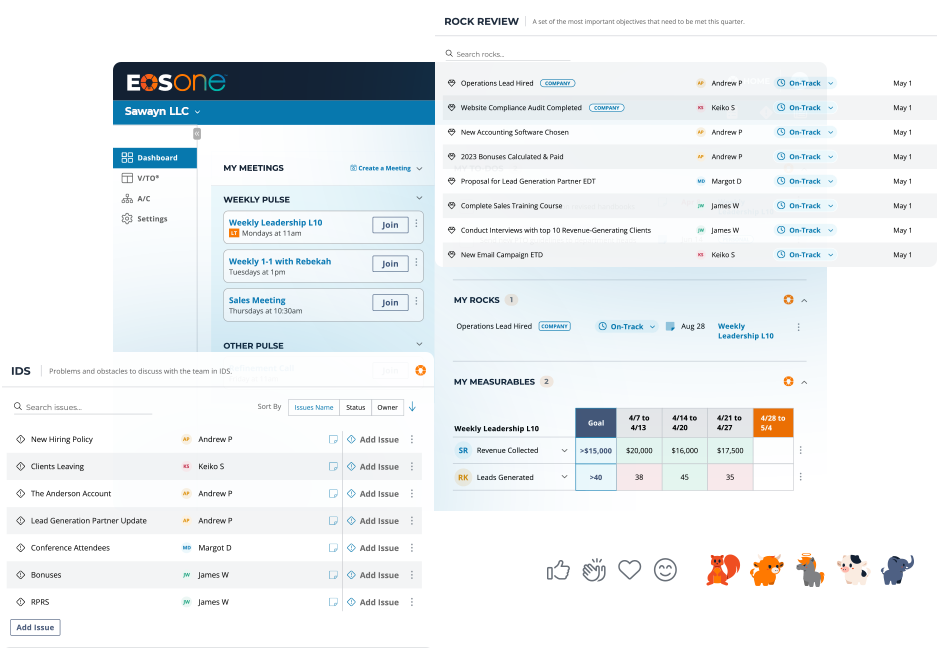Do you KNOW for sure if everyone in your company is doing what they should be doing?
In my last post, I focused on the importance of building a company scorecard. Today, I’d like to share a couple of terrific tools for rolling out the scorecard throughout your company.
Departmental Scorecards Boost Performance
Each department of your business should have a true pulse on their area by tracking a few activity-based numbers. This is the departmental scorecard. Many teams make this more complex than it really needs to be. The goal is ultimately for every person in the company to have at least one number that they’re accountable for on a daily or weekly basis. In effect, this lets them take ownership over their own activities so they know exactly where they stand at any given moment—and you will too.
Here are three examples of departmental scorecards:
- One team developed a metric for their secretary: the number of times the phone rang for each call. The goal was to provide excellent customer service—to accomplish this, they decided that every phone call was to be answered in two or fewer rings.
- Another team had a different approach to measuring customer service. They knew if a customer left the building happy, they’d be more likely to return and share their experience with their friends. With the Right People In the Right Seats in the Customer Service department, they chose to measure customer smiles. Each customer service rep would record the number of customers that exited the building with a smile on their face. At the end of the week their goal was for 80% of their customers to walk out the door happy. Any time that percentage slipped below 80% the team would dig into the issue to figure out why. This helped them to drive individual accountability to customer service and to address any concerns quickly.
- My colleague and friend (and EOS Implementer) Ed Callahan wrote an excellent blog post about how to link a job description into measurable activities for any role in an organization. By linking the roles and responsibilities to activities and desired outcomes, the results are key measurables that can be reviewed on a weekly scorecard for any position in an organization.
Ideas for Finding Measurables
Still stuck? Here’s a quick exercise that works! Do a one-hour brainstorming exercise with your team. On a white board, draw two columns, “Good Week” and “Bad Week.” Under the Good Week column, describe what a really good week feels like; under the Bad Week column, describe what a really bad week feels like. List the things that happen in each. Then look at the lists and circle the items that can be measured. Take a handful that bubble up to the surface and begin measuring those so you can get more of the good and less of the bad.
When everyone in the organization has at least one number that they’re accountable for weekly, the entire team can make minor course corrections, eliminating unwanted surprises. Put your departmental scorecards together today to make 2016 a GREAT year!
Next Steps
- Liked this article? Share it on LinkedIn, Twitter, or Facebook!
- Download the company scorecard and other great EOS tools
- Ready to position your company for exponential growth in 2016? Let’s talk!



